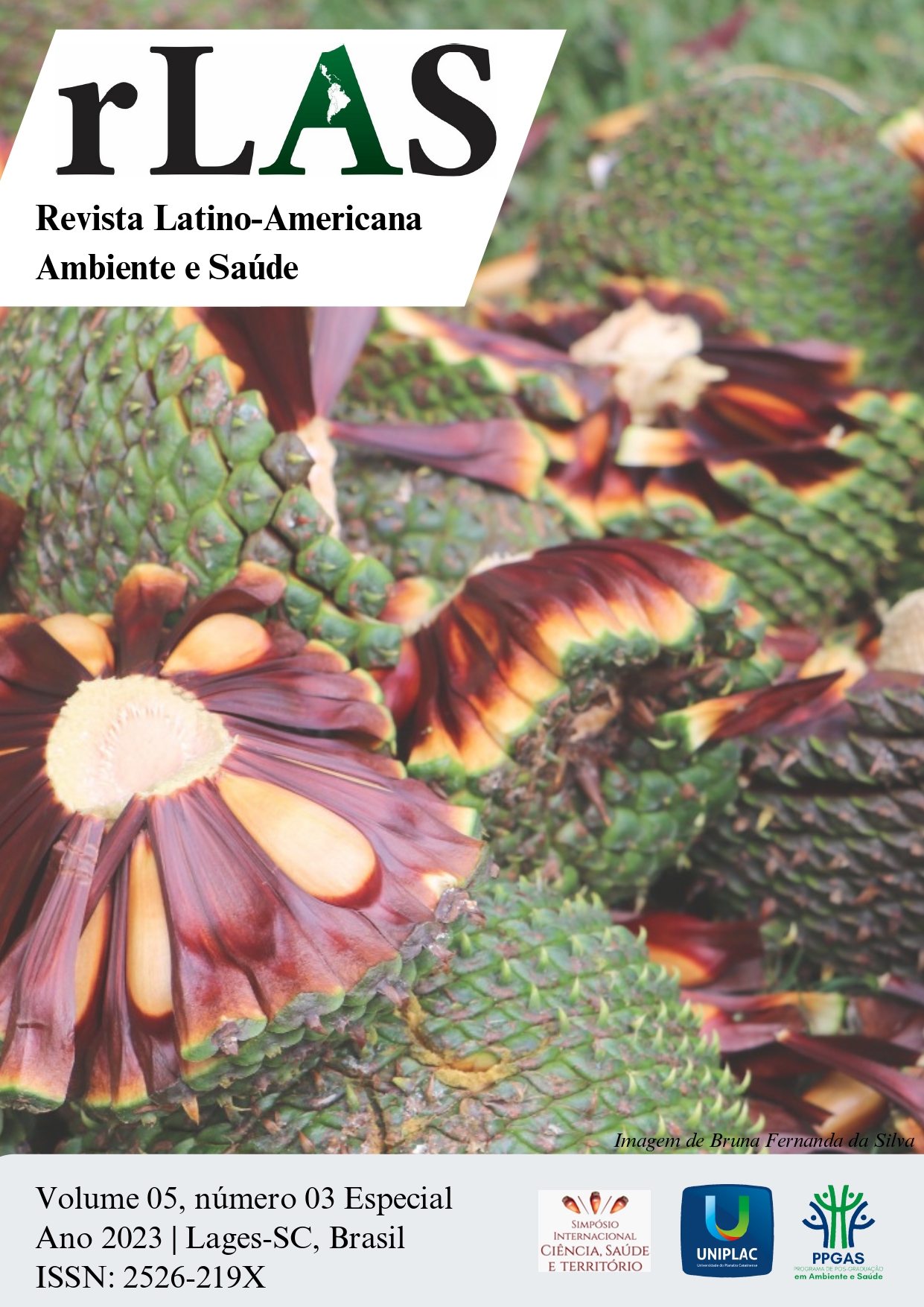Altas diluciones energizadas como promotoras de agentes fúngicos entomopatógenos
Palabras clave:
Control biológico, Agentes microbianos, Preparaciones homeopáticasResumen
Los agentes de control microbiano se utilizan ampliamente para el manejo ecológico de poblaciones de plagas de insectos y enfermedades de las plantas. Sin embargo, mantener la viabilidad y eficiencia de estos agentes durante su vida útil ha sido la principal razón para restringir su mayor uso en los ecosistemas agrícolas. El objetivo de este estudio fue recopilar información científica publicada sobre la actividad de diluciones altamente dinamizadas en el desarrollo de hongos entomopatógenos. La metodología consistió en la búsqueda de artículos científicos publicados en revistas indexadas, entre el período 2013 y 2023, que se enfocaran en el estudio del uso de diluciones altamente dinamizadas sobre hongos entomopatógenos y que abordaran su impacto en el desarrollo de colonias y viabilidad. La búsqueda de artículos se realizó en las bases de datos electrónicas Google Academic y Portal de Periódicos da CAPES, utilizando los descriptores “homeopatía” y “fungus”, en inglés, español y portugués. Se accedió a 1960 artículos, de los cuales sólo dos cumplieron los criterios de inclusión por estar relacionados con hongos entomopatógenos. Uno de los estudios señala que Calcarea carbonica 30CH, Kali iodatum 100CH, Phosphorus 3CH, Silicea 30CH, Staphysagria 6, 30 y 100CH, Sulphur 100 y 200CH, Thuya occidentalis 200CH y el bioterapéutico de Spodoptera frugiperda 30CH mostraron un efecto prometedor, ya que incrementaron las unidades formadoras de colonias del hongo entomopatógeno Beuaveria bassiana.
Citas
BRASIL. Farmacopéia Homeopática Brasileira. São Paulo: Atheneu, p. 118, 1997.
CASALI, V. W. D.; ANDRADE, F. M. C. Homeopatia e água: resultados experimentais sobre tratamento da água com altas diluições. Viçosa, MG. v. 8, p. 93, 2014.
DAMIN, S. et al. In vitro assay on homeopathic solutions on Metarhizium anisopliae (Metsch) Sorok (Ascomycota: Clavicipitaceae). Arquivos do Instituto Biológico, v. 82, p. 1–8, 2016.
DAMIN, S. et al. Preparados homeopáticos sobre a atividade do fungo entomopatogênico Beauveria bassiana (Bals.) Vuill. (Ascomycota: Cordycipitaceae). Revista Brasileira de Agroecologia. p. 41- 53, 2014.
DINIZ, A. J. F. et al. The enemy is outside: releasing the parasitoid Tamarixia radiata (Hymenoptera: Eulophidae) in external sources of HLB Inocula to control the asian citrus psyllid diaphorina citri (Hemiptera: Liviidae). Neotropical Entomology, v. 49, n. 2, p. 250–257, 2020.
FILHO, E. B. F; MACEDO, L. P. M. Fundamentos de controle biológico de insetos-praga. Editora IFRN, Natal. p. 108, 2010.
HAHNEMANN, S. Organon da arte de curar. Robe editorial. São Paulo, ed. 6, p. 248, 2001.
LABIGALINE, I. et al. Green manure, Trichoderma asperellum and homeopathy in cultivating the biquinho pepper. Revista Ciência Agronômica, v. 51, n. 3, p. 1–10, 2020.
MEYER M. C. et al. Trichoderma: uso na agricultura. Brasília, DF: Embrapa, p. 538, 2019.
MEYLING, N.V.; EILENBERG, J. Ecology of the entomopathogenic fungi Beauveria bassiana and Metarhizium anisopliae in temperate agroecosystems: potential for conservation biological control. Biological Control, v.43, p.145-155, 2007.
MORENO, J. A. Homeopatia Popular. Hipocrática Hahnemanniana. Belo Horizonte, p. 269, 2006.
PARRA, J.R.P. Biological control in Brazil: an overview. Scientia Agricola, v. 71 n. 5, 2014.
REIS, A. C.; OTTONI, J. R. Antifungal activity of homeopathic medicines against the white mold causing agent Sclerotinia sclerotiorum. Acta Scientiarum: Biological Sciences, v. 43, p. e56548, 2021.
SILVA, H. A. et al. The effect of high dilutions of Pulsatilla nigricans on the vigour of
soybean seeds subjected to accelerated aging. Acta Scientiarum, v. 34, n. 2, p. 201-206, 2012.
VITHOULKAS, G. Homeopatia Ciência e Cura. Círculo do Livro. São Paulo, p. 436, 1980.


